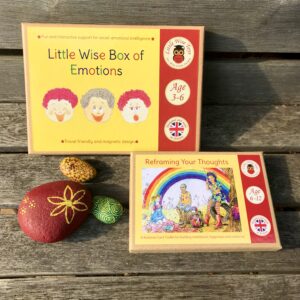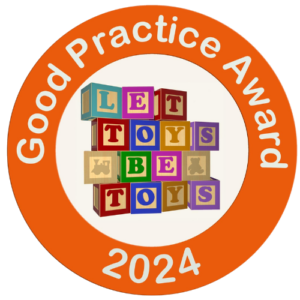
✨Managing anger…✨
A lot of the gems in the Reframing Your Thoughts toolkit are in the small-print on the back of each card. Here you will find a wealth of insight and practical support that children can use to help them to bring each reframe on the front of each card to life. I’d like to share more about what is on the back of the anger card to give you an example.
The front of the anger card has the following reframe – ‘I’m feeling really angry and it’s all your fault’ vs ‘I’m feeling really angry right now. I’m going to calm myself down. Then I will think about what I can do’.
The back of the anger card starts off by letting children know that anger is actually a normal emotion that everybody feels and, when expressed in a healthy and positive way, it can provide opportunities for learning and change (e.g. it can be useful as it can let us know different things, such as when something doesn’t feel OK). In other words, it’s not an emotion that we need to suppress or feel ashamed of. It’s how we manage and react to it that’s important.
The card then goes on to explain how different things can happen to our bodies when big emotions such as anger arise because our body is preparing itself to protect us (e.g. faster breathing to give us more oxygen and sweating to help keep the body cool). A sense of understanding what is happening when big emotions arise can be such a big help.
With this in mind, this is also why the back of the anger card then goes on to talk about how lots of other emotions and feelings are often hidden beneath the surface of anger and how it’s worthwhile thinking about what underlying feelings might be causing the anger.
The card then explores different practical things that children can do to help them to manage their anger when it arises.
Finally, a couple of questions are then asked to help children to think about how they can apply the relevant reframe to situations that happen in their own lives, and think about how they can apply the learning.
One of the things I’m really delighted to be hearing is how the toolkit is opening up lots of conversations and offering a valuable insight into what’s going on in children’s minds. As well as helping children to think about and approach things in life in a different way.
Here’s to helping children to open up and lay those all important foundations of social and emotional intelligence that they can benefit from for years to come.









Recent Comments